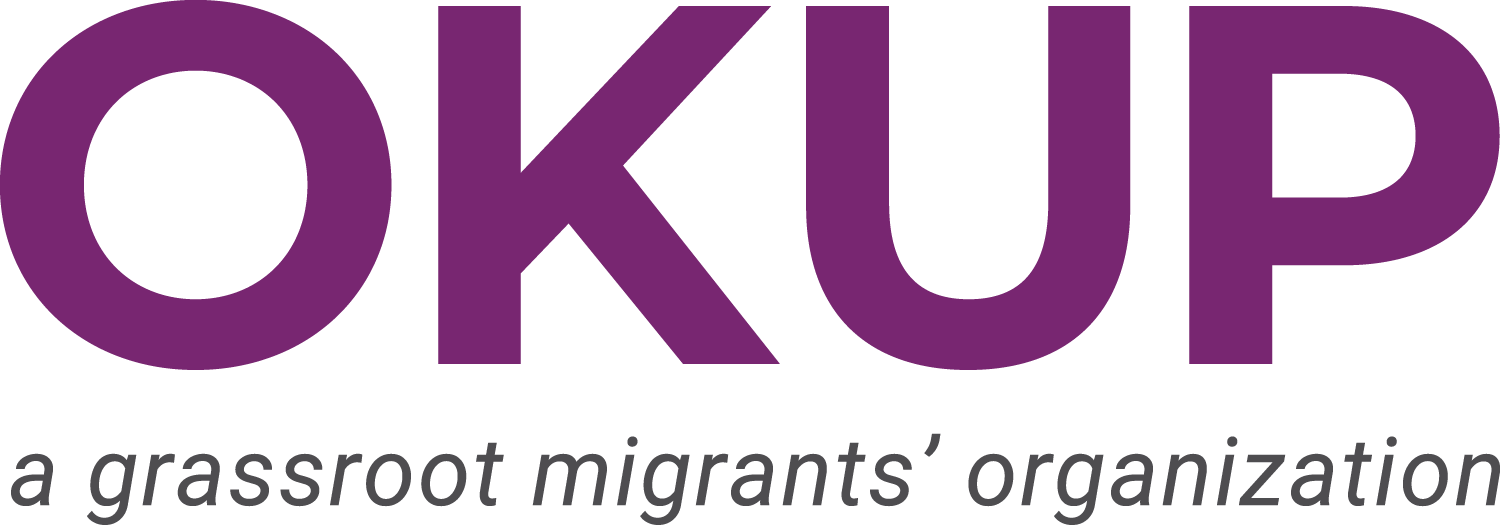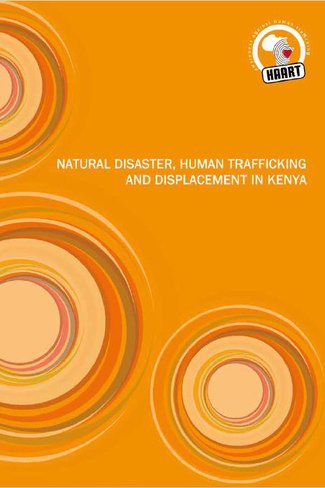Natural Disaster, Human Trafficking and Displacement in Kenya
2017
- Author
- Awareness Against Human Trafficking (HAART)
- World region
- Sub-Saharan Africa
- Origin of migration
- Kilifi, Mandera, Nairobi and Samburu counties in Kenya
- Area of transit
- No data available
- Destination of migration
-
Kenya
Gulf Cooperation Countries: UAE, Saudi Arabia, Qatar
Europe - Who is affected
- No data available
- Type of climatic event
-
Slow-onset event
Recurring drought increases the total number of people affected by it and impacts local populations' economic activities. Lack of alternatives can increase vulnerability to human trafficking.
- Type of migration/mobility
-
Immobility, Internal, Rural to urban
When people migrate due to drought, they mostly do so over short distances. Longer-distance migration (within or across border) is less common.
- Destination industry or sector
-
No data available
- Type of modern slavery
-
Forced marriage, Human trafficking
Some families resort to forced marriage as a way to cope with the economic impacts of droughts. Some workers without the formal education or skills demanded by the labour market turn to industries with lower barriers to entry. Working conditions in these industries (e.g. construction and domestic work) tend to be highly exploitative. Others are trafficked for forced commercial sexual exploitation. Displaced people with undocumented status are particularly vulnerable to human trafficking. Some children who are stay back may look for work in urban areas, becoming vulnerable to unscrupulous recruiters.
- Link between climate change, migration and modern slavery
- Indirect
- Key vulnerability factors
-
Vulnerability to human trafficking is influenced by age (being a child), gender, low income, social and economic exclusion, lack of education, and structural factors such as instability, war or conflict, and social, cultural and legal frameworks. Natural disasters increase the vulnerability of displaced people to human trafficking. Those people who stay back can face increased economic hardship or further social and economic exclusion. The source makes a distinction between temporary and long-term vulnerability. Where the impacts of natural disasters are short term, vulnerability to human trafficking is lower because traffickers are more inclined to target areas and groups that are vulnerable in the long term or permanently. Drought can have long-term impacts when children are removed from school to work to support the household in generating income. Not finishing school makes these children more vulnerable as young adults, when they are excluded from the job market and forced to accept potentially exploitative working conditions.
- Summary
-
This document focuses on Kenya and aims to generate knowledge on the link between natural disasters and vulnerability to human trafficking. It pays attention to those cases where disasters impact human trafficking and where they do not, in contexts of short-term vulnerability. Droughts are very common in Kenya. They impact the subsistence of local communities, reduce businesses' ability to produce and generate income, and drive price rises. These situations result in precariousness and need, leading to a rise harmful practices. They can also drive displacement. Human trafficking can thrive in this context. The report finds that droughts increase the vulnerability of affected communities to human trafficking, but to what extent is context-dependent. The effect likely compounds other contributors to vulnerability, such as conflict.
- Recommendations
-
Recommendations are made to drought relief organisations, the Kenyan government, stakeholders involved in countering human trafficking and humanitarian agencies. The document identifies research gaps and advocates for more research on contexts affected by drought and other natural disasters. Gaps to explore include: the link between climate events and human trafficking; the impact of natural disasters on child marriage and child labour; and the links between inter-ethnic conflict and human trafficking. Finally, the document identifies the need to recognise vulnerability to human trafficking as a result of natural disasters.



